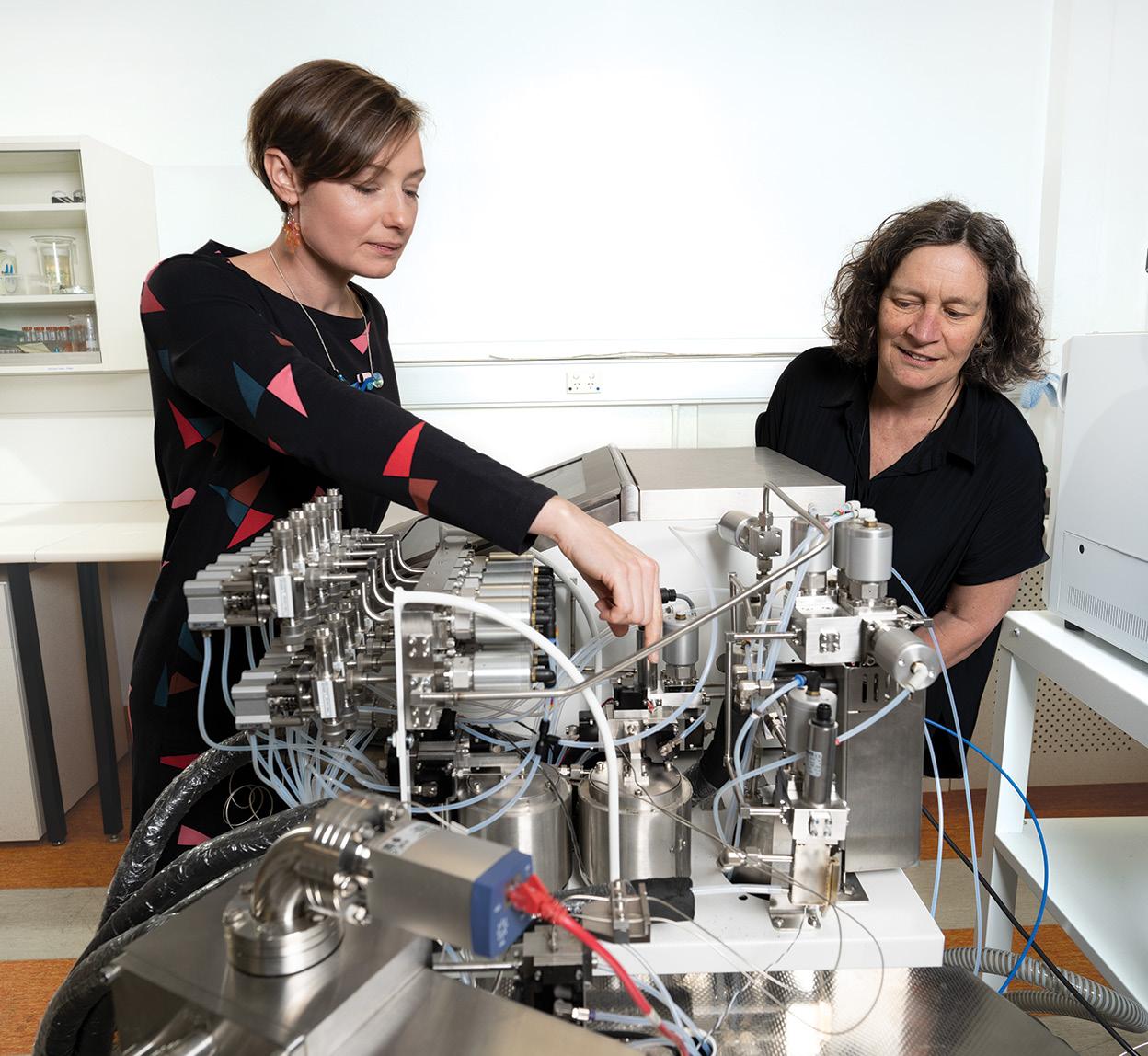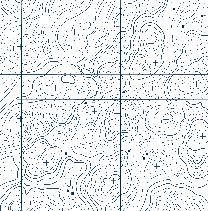
3 minute read
Blue is the new green
ENVIRONMENT & SUSTAINABILITY
In the search for potential natural allies to help combat climate change, marine coastal vegetation sits near the top of the list.
Advertisement
Known as ‘blue carbon’ ecosystems, mangroves, saltmarshes and seagrass meadows are carbon-storage machines, absorbing CO2 up to 40 times faster than terrestrial forests and trapping carbon in the soil for millennia. They are also incredibly valuable for many other reasons, supporting biodiversity, stabilising shorelines, providing nursery habitats for commercially fished species, improving water quality and enabling unique recreation and tourism opportunities—all of which helps to sustain regional economies. But if governments are to prioritise nurturing blue carbon ecosystems, they’re going to need hard, local evidence. Exactly what difference does coastal vegetation make to our emissions targets in our exact location and climatic conditions? Now, thanks to University of Adelaideled research, the driest state in the world’s driest continent has that data. The research team has quantified— for the first time—the total carbonstorage capacity of South Australia’s coastal mangrove, saltmarsh and seagrass habitats.
“After mapping the state’s entire coastline, we now know South Australia has 1.12 million hectares of blue-carbon ecosystems,” says research leader Professor Bronwyn Gillanders. “That’s almost the size of Qatar. “We’ve calculated that this vegetation currently holds the equivalent of five to ten years’ worth of the state’s carbon emissions. And it has additional capacity to sequester another 0.36 to 0.83 million tonnes of CO2 every year, offsetting up to 3.6 per cent of the state’s annual greenhouse gas emissions.” Through various case studies, the team also confirmed that far more carbon is stored in healthy ecosystems than degraded ones, adds project leader Dr Alice Jones. “Considered in total, our findings put beyond doubt the importance of conserving and restoring our blue carbon habitats,” she says, “particularly when these areas are facing increasing pressure from coastal development, pollution and rising sea levels.”
For Gillanders and Jones, however, presenting an evidence-based case for holding ground is only half the job; they’re equally concerned with identifying how best to achieve that objective. With this in mind, they’ve recently undertaken two important, complementary missions. The first is generating maps to show South Australia’s coastal vegetated habitats’ blue carbon storage potential. “We’ve already finished this for the coastline around metropolitan Adelaide,” says Jones, “and we hope to extend this approach across the entire state.” The second, closely related project is using the blue carbon potential maps to help identify area-specific management strategies. Gillanders explains: “It’s likely that some saltmarsh vegetation will be lost because of its inability to retreat from rising seas beyond physical barriers, or because of human activity, whereas other areas will open up. “So we’re assessing the possible effectiveness of taking steps such as installing culverts to assist tidal flows; returning marginal drained or ponded farmland to its natural, coastal form; and fencing off areas to protect them from human impacts.” The University’s work has already helped to inform the South Australian Government’s Blue Carbon Strategy, and our researchers are now also advising the Australian Government on ways to include blue carbon in

Above (left to right): Dr Alice Jones and Professor Bronwyn Gillanders

the country’s Emissions Reduction Fund and carbon inventory. Jones is confident that, once the latter is finalised—providing a clear financial incentive for protecting and restoring coastal ecosystems—private enterprise will follow the lead. “I’ve no doubt organisations will start setting up restoration projects in these ecosystems if they can get carbon credits, because they just have so many benefits for people and the natural world. “This is a critical step to mitigate climate change.” KEY ACHIEVEMENTS
University of Adelaide-led research has quantified, for the first time, local blue carbon coastal ecosystems’ total contribution to absorbing South Australia’s greenhouse gas emissions.
The research team is creating a map to show the state’s likely blue carbon storage potential and inform regional preservation strategies.

Our researchers are advising the Australian Government on ways to incorporate blue carbon projects in the country’s Emissions Reduction Fund and carbon inventory.










